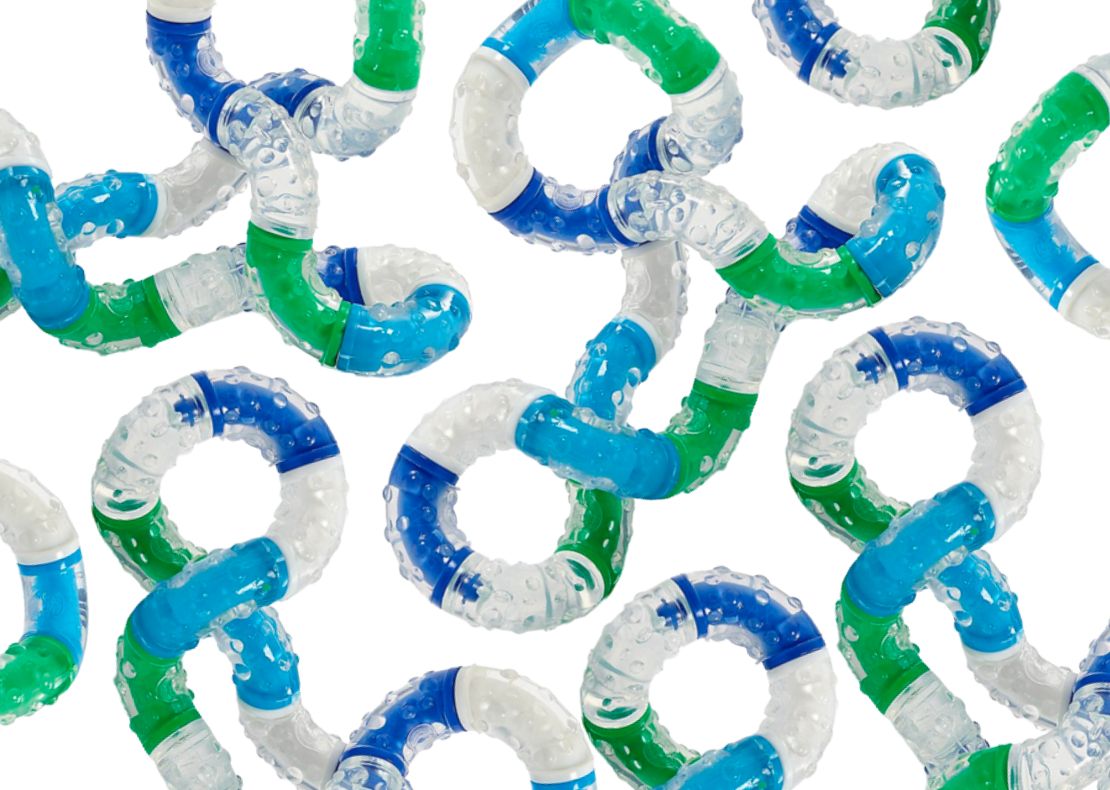
Trichotillomania, commonly abbreviated as TTM, is a mental health disorder that causes a person to pull out the hair on their head, eyebrows, eyelashes, beard, or anywhere else on the body with hair growth. This urge is often triggered by stress, anxiety, a chemical imbalance in the brain similar to obsessive-compulsive disorder (OCD), or changes in hormone levels. Although listed under OCD, trichotillomania is often considered a body-focused repetitive disorder and can become very addictive. Celebrities Megan Fox and Charlize Theron both have been diagnosed with this.
Causes of Trichotillomania
It’s not completely clear what causes Trichotillomania, but for many pullers, this coping mechanism is used to combat stress and unwanted sensations such as boredom or anxiety.
People with Trichotillomania often feel an intense urge to pull their hair out and report feeling a growing tension until they do so. After pulling, they may feel a sense of relief and control. On the other hand, some people with Trichotillomania don’t realise they’re doing it and find themselves pulling out their hair without realising. This disorder can cause low self-esteem, shame, and ongoing issues such as irreversible baldness. Many young people tend to keep their condition to themselves until it becomes visible and find social situations particularly challenging.
Treating Trichotillomania
Trichotillomania is commonly treated using a type of CBT therapy called habit reversal training. The aim is to replace the act of hair-pulling with something less hurtful. These sessions often involve keeping a diary of hair-pulling, identifying triggers, and learning how to avoid them.
CBT also involves educating loved ones on the condition so they can provide support and encouragement. Like any type of therapy, CBT takes time and patience, and may not work for everybody. One of the best distractions for conditions such as trichotillomania and the feelings of stress and anxiety is fidget toys.
Using fidget toys for Trichotillomania
Reaching for a fidget toy when you feel the urge to pull can be highly effective and offers a less harmful sensory release. Fidget toys can be used in the comfort of your own home, in education settings, and whilst out and about in public. If your hands are busy and your mind is satisfied by an alternative activity, you’re less likely to notice the urges that come with Trichotillomania. Using fidgets can also combat the emotions that cause the need to pull before they become unbearable.
We stock a variety of fidget toys that resemble the act of pulling, twirling, twisting, tying and untangling, such as our stretchy strings, tangle collection, stretchy bracelets and furry squish balls. If you need any advice on finding a product that suits you, please get in touch. For more information on trichotillomania, the charity Trichotillomania Support has lots of information on self-help strategies and advice.








